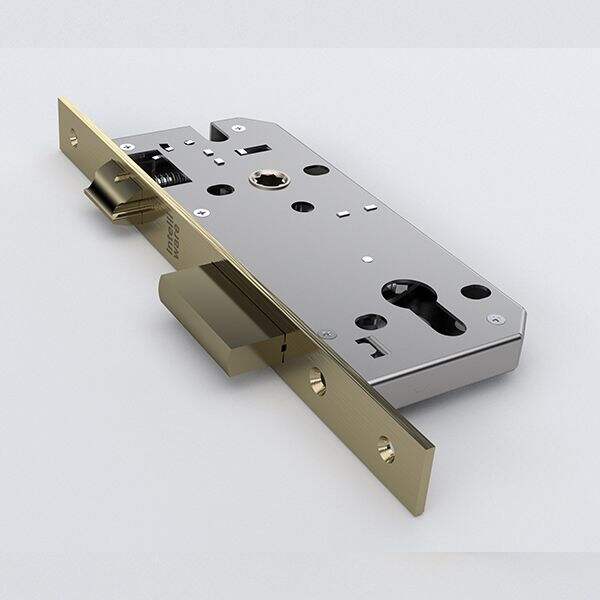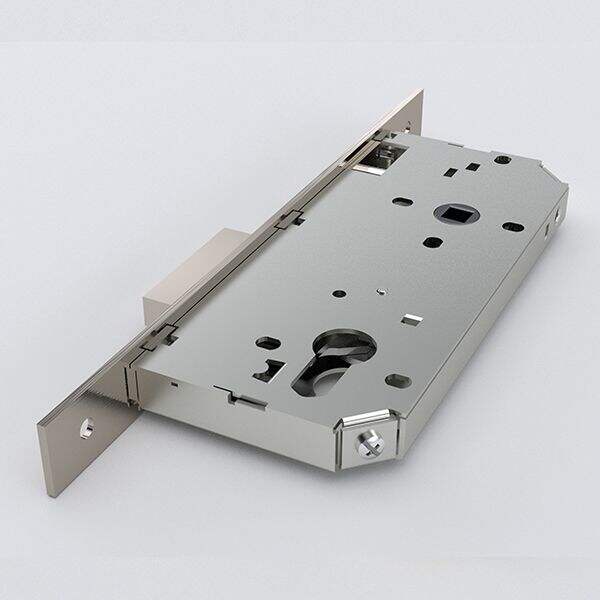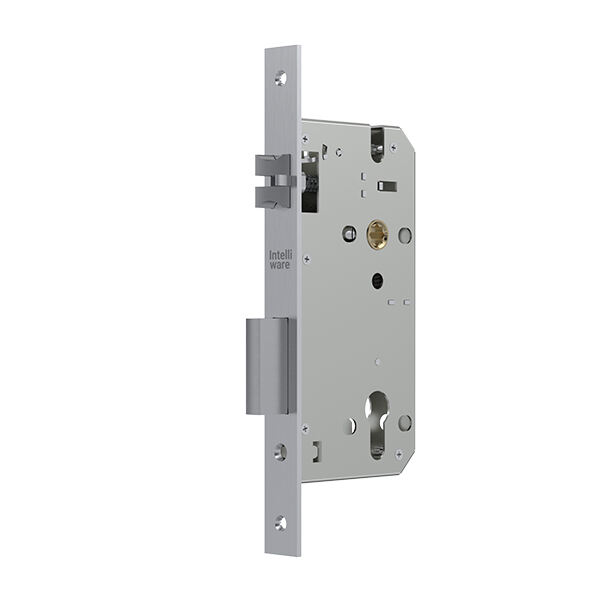A door knobs and locks is a very specialized type of lock used for securing doors. Mortise locks are old—for many years, in fact! Mercifully, that time seems to be a long way a way given that mortise locks have been in the business of locking away homes and valuables from the time of Ancient Egypt through to the present day. This guide will cover everything there is to know about mortise locks, including how they work, what you need to know before you pick one up, tips to keep in mind, and the pros and cons of mortise lock usage overall.
Morteise locks have been used for about 1000 years now, which is pretty impressive! Ancient Egyptians employed mortise locks in wooden doors to keep tombs and precious treasures protected from thieves and would-be takers alike. Over the years, the designs and functions of mortise locks evolved and became even better. You can find mortise locks today that are made of all kinds of materials and come in different sizes and shapes. This mix aids us in locating the perfect lock to suit our present safety requirements.
Here’s how a mortise lock works, broken down: A mortise lock consists of 3 key parts that interact with each other: the lock body, the lock cylinder, and the lock bolt. The lock body is the main component that is inserted into a hole that is cut inside the door. The lock cylinder is what you insert a key into to lock and unlock the door. The lock bolt is the part that protrudes from the lock body and secures the door in place.
The lock cylinder is where you put your key. Taking this action is what either locks or unlocks that door, which you can then pass freely in and out of. Some mortise locks also have an additional feature known as a deadbolt. A deadbolt adds an extra layer of security, making it even more difficult for someone to break inside.

Self Installation: Mortise Lock can be more complex than other types of locks to install. For this reason, it is a wise decision to consider hiring a professional locksmith to assist you in the installation process. They can also make sure that the lock is installed in the correct manner and functions well.

Lubricate lock: Regular lubricating is a must to ensure that your mortise lock is working properly. This means using a particular kind of oil to put on the lock to allow it to move readily. Use a lubricant that won’t rust, meaning one that won’t corrode the lock long-term. You can avoid sticking and deadbolts also last longer with this simple approach.

Secure the keys: Don’t leave your keys lying around accessible to all-comers. It is even better to keep them in a drawer or a key holder, where no one but people you trust can reach them. It is a critical security measure to shield your residence or place of work from intruders.
Copyright © Kept Industry Co., Ltd. All Rights Reserved — Privacy Policy